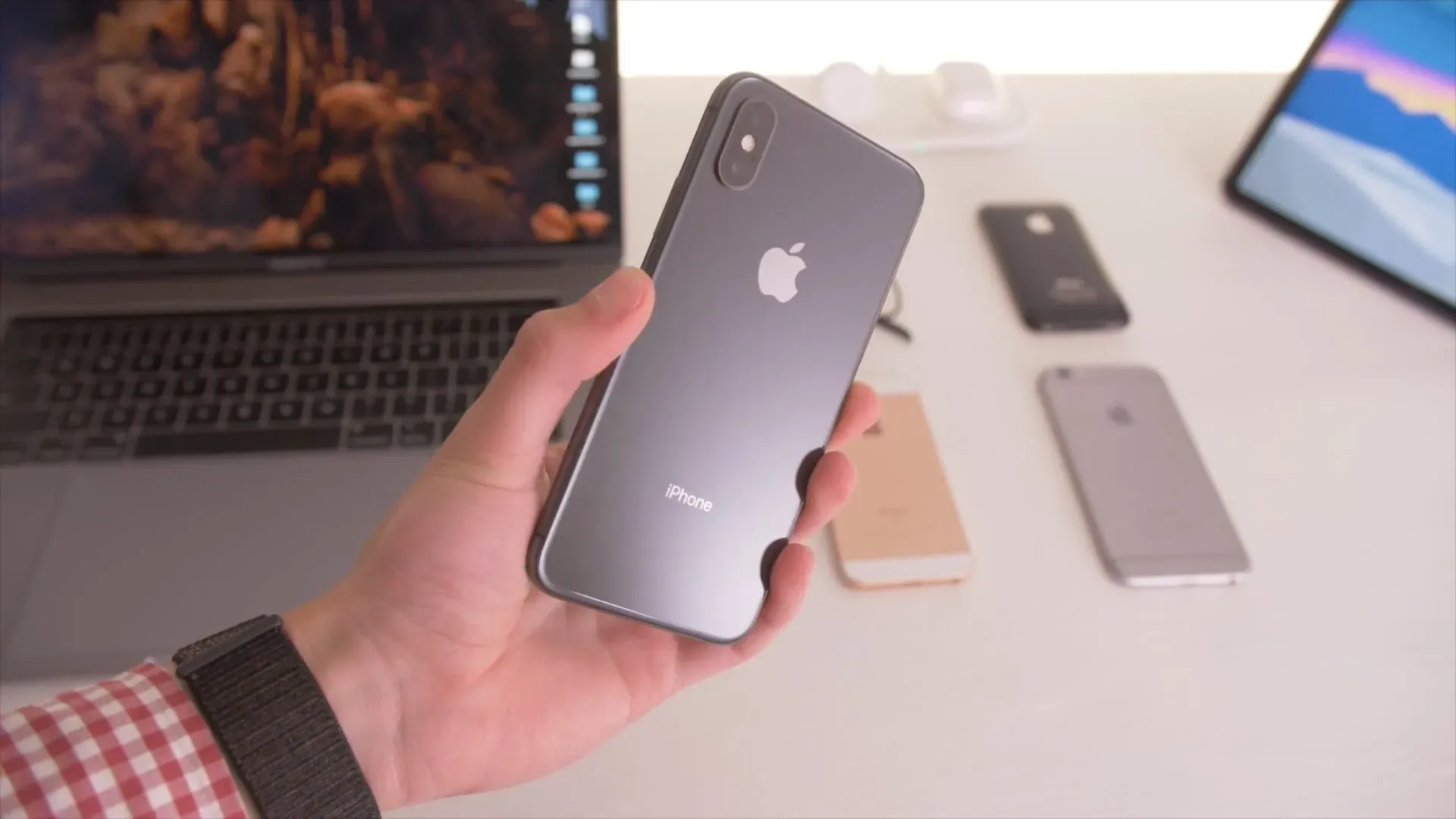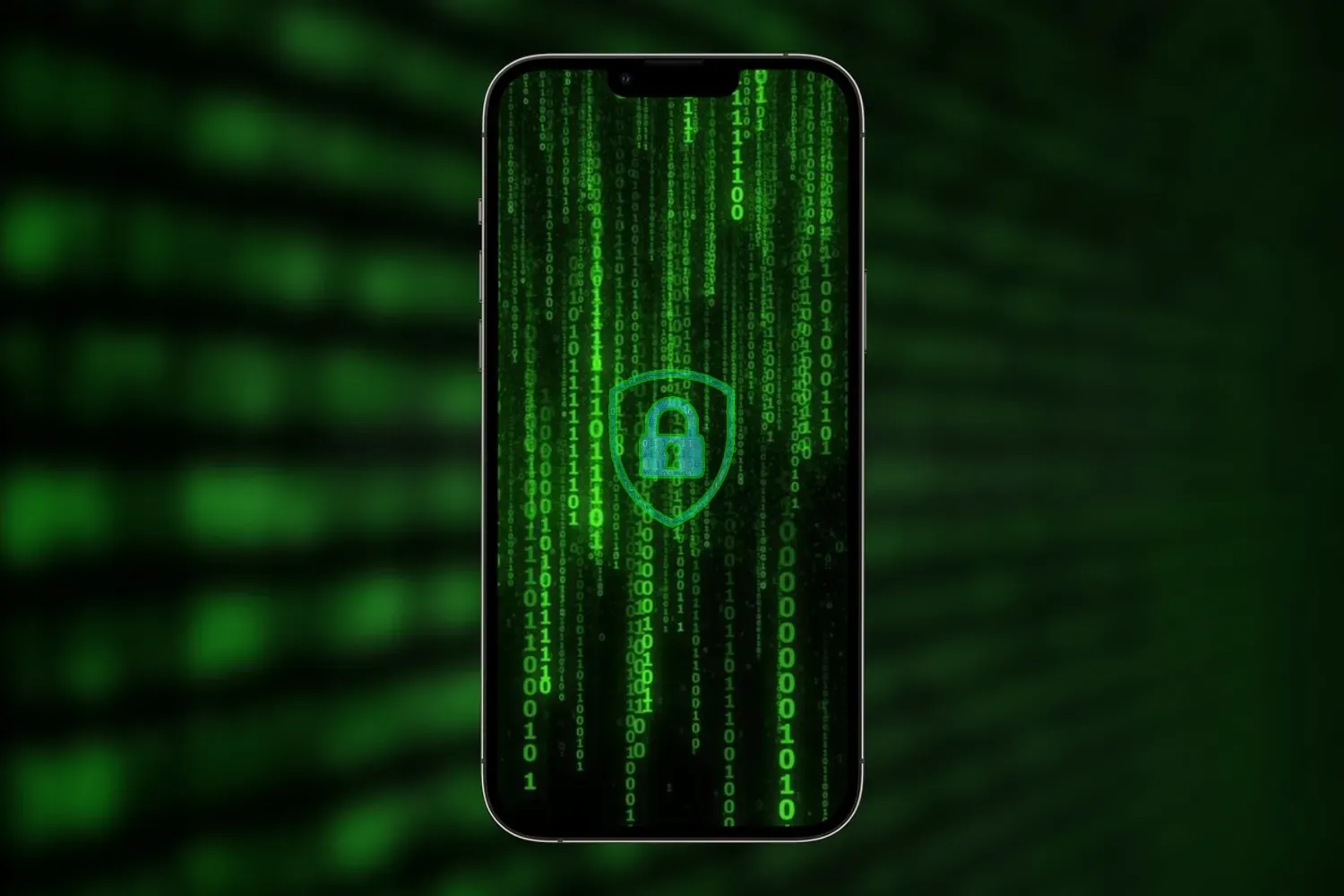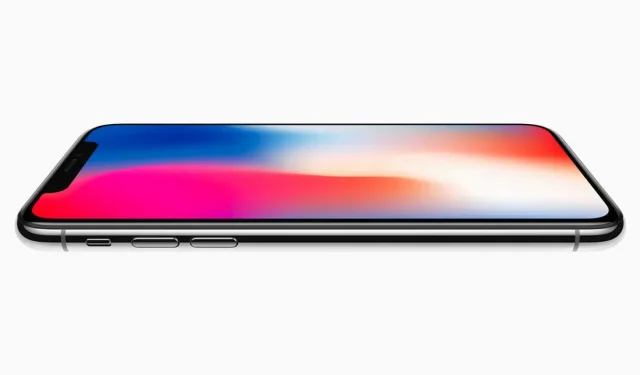If you’ve been paying attention to Apple rumors lately, you’ve probably heard how iOS and iPadOS 17 may drop support for the iPhone X, iPhone 8 Plus, iPhone 8, and some older iPads. Another rumor claimed the exact opposite the next day, leading to some notable inconsistencies in “insider”knowledge.
It’s safe to say that no one knows exactly what Apple has in store for the future of its iPhone lineup, but as iOS and iPadOS 17 are expected to be unveiled at WWDC 2023, we’ll find out soon. In the meantime, let’s take a closer look at what an iOS 17 launch without the iPhone X could look like.
iOS 16 is currently supported
iOS 16 currently supports the iPhone X, iPhone 8 Plus, and iPhone 8. While these three devices all share the same A11 Bionic chip under the hood, it’s worth noting that they’re completely different phones, even though they were each released in 2017.
At the time, it seemed like Apple was aiming to release a completely redesigned iPhone in what was the iPhone X — a device without a home button with Face ID and a controversial notch. But Apple still clung to the old iPhone 8 Plus and iPhone 8 home button designs for anyone who wasn’t ready for the change. Fast forward to the present and all new iPhones have ditched the home button and Touch ID and adopted some form of notch.
Even though these devices all support and can work with iOS 16, users who update to the latest firmware will confirm that it is not as smooth and fast as the original iOS 11 device firmware. However, this is par for the course. As new operating systems add new features, additional demand puts more pressure on legacy hardware. This is nothing new, which is why we don’t use iOS 16 on Steve Jobs’ iPhone 4 today.
No one I know looks at the iPhone 4 and says, “Wow, look at this state of the art,” nor should they, because it doesn’t look modern at all. The small screen, Touch ID-less home button, and the curved corners of the LCD display are all signs of an era lost in time. But the iPhone X is not the iPhone 4. Many people still look at their iPhone X and see a modern piece of Apple hardware engineering that still has a lot of life in it.
Enter iPhone XS

The following year, Apple announced the iPhone XS, a virtually indistinguishable phone with a slightly wider camera bump than the iPhone X, better IP68 water resistance, a larger 6.5-inch display, and a faster arm64e processor dubbed the A12. Bionic chip.
You’ll have a hard time telling the iPhone XS from the iPhone X just by looking at it, and this has discouraged many people from switching to a newer phone in 2018. Large OLED display for the first time in an iPhone – you know, after Apple changed the larger phone’s naming scheme from Plus to Max to boost the marketing sector.
The performance differences between the A11 Bionic chips in the iPhone X and the A12 Bionic chips in the iPhone XS were subtle at best, but the significant differences between their architectures quickly became a problem for hackers developing jailbreak tools, especially after the release of a certain exploit that continues to bug Apple to this day (pun intended).
The appearance of the checkm8 bootrom exploit
Officially announced in 2019, about a year after Apple released the iPhone XS, the checkm8 exploit was one of the biggest stains on Apple’s reputation for enhanced security.
The checkm8 exploit is a bootroom hardware exploit that affects the Apple A5, A11 Bionic chips and everything in between. Being hardware, this meant that Apple couldn’t patch the exploit with a software update. To effectively fix this exploit, Apple would have had to recall all affected devices and solder the modified chips into those devices with the fix, which would have been expensive and not feasible.
Instead, all Apple could do was put up software barricades to make it harder for their devices to be hacked, but it proved easy for hackers to stop it. Hackers quickly developed a jailbreak tool called checkra1n for devices from iPhone 5s to iPhone X running iOS or iPadOS 12.0-14.8.1. In fact, hackers still take advantage of checkm8; it supports the palera1n jailbreak tool for iOS and iPadOS 15 or 16 devices.
Bootrom exploits like this are extremely rare; before checkm8, the most recent bootrom exploit release was limer1n, which was released just under a decade ago, in 2010, for phones with iPhone 3GS and A4 chips, such as the iPhone 4. When bootrom exploits are inaccessible to hackers, jailbreakers must rely only on software exploits, which Apple easily patches with software updates.
Apple’s dilemma
The checkm8 bootrom exploit affects phones with the A11 Bionic chip, such as the iPhone 8, iPhone 8 Plus, and iPhone X, all of which can run iOS 16, Apple’s latest firmware at the time of this writing. It also just so happens that these are the last of the older (and still supported) Apple devices affected by checkm8, so it shouldn’t surprise anyone that Apple seems eager to kill them once and for all.
The A12 Bionic chip found in the iPhone XR, iPhone XS, and iPhone XS Max is not subject to m8 validation, so logically, Apple would like to make these devices a base requirement for iOS 17. But is that correct? move to a tech company from Cupertino?
If Apple does this, then they can avoid the annoying exploit, but at the cost of bad press from people who still think their iPhone X still has a lot of life in it. On the other hand, if they let iOS 17 run on devices with the A11 Bionic chip, then they’ll have to settle for another year of hackers releasing jailbreaks for their devices on the latest firmware, which they really don’t want.
Some rumors suggest that iOS 17 will be less of a feature update and more of a stability-focused update, given the increase in bugs in Apple’s mobile firmware in recent years. If so, this means that iOS 17 should not run on the iPhone 8, iPhone 8 Plus, or iPhone X with less performance than iOS 16 is already running, weakening any user argument for not supporting those devices with iOS 17.
Since A12 Bionic devices and later are not affected by the checkm8 bootrom exploit, Apple will likely continue to support these devices for some time to come, becoming increasingly hostile towards A11 Bionic devices, artificially limiting their new features. with software (if they choose to support them from iOS 17).
Apple Committed to Security

Apple has proven that it can make developing jailbreaks for these devices incredibly torturous for hackers by implementing so many checkpoints that each firmware version requires new methods to be burned. This is apparently so voracious that many hackers have given up trying to hack iOS.
The above idea, combined with Apple’s prolific bug-finding program, has resulted in fewer jailbreaks for modern firmware versions. But less is not the same as nothing.
Jailbreaks like Fugu15 and XinaA15 for newer iOS and iPadOS 15 devices, and even the iOS 16.1 demo that Luca Todesco showed, showed that even Apple’s latest security methods are not immune. The problem with jailbreaking, however, is that veteran hackers have moved on to bigger and better things, leaving less experienced hackers with only bits and pieces to try and pick up and put together in their absence.
Apple is challenging these new hackers who are trying to gain a foothold in hacking the iPhone. Knowing only too well that it is currently one step ahead and that hackers are struggling to keep up, the company continues to bolster its defenses. Perhaps this is one of the reasons why the Dream Team decided to reunite.
Conclusion
Even if Apple decides to include the iPhone 8, iPhone 8 Plus, and iPhone X when considering which devices iOS 17 will support, it’s likely that this will be the last firmware to do so. Despite this, these devices will remain vulnerable to the checkm8 bootrom exploit for the rest of their lives, even if Apple continues to release new firmware in the coming years that do not support these devices.
It’s not yet clear what Apple’s final decision will be, but we’ll know for sure in just a few months. We hope that devices with the A11 Bionic chip have another year of fun before Apple forces them all out of the family.


